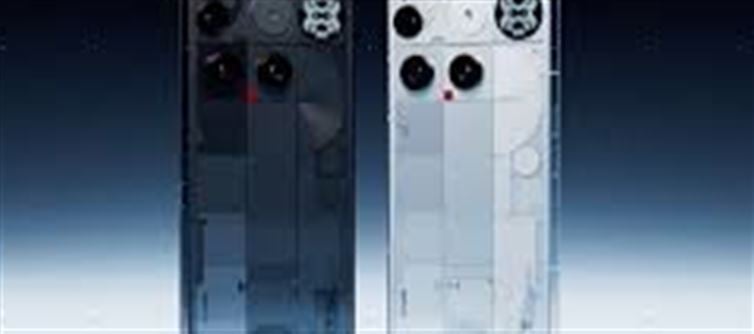
In a bold announcement, Nothing, the London-based tech company known for its sleek and innovative designs, has revealed plans to launch its first AI-native device in 2026. However, CEO Carl Pei has clarified that this device will not be a smartphone, despite the company’s reputation for pushing boundaries in the mobile sector. Here’s what we know so far:
1. AI-Native Devices: What Does It Mean?
According to Carl Pei, AI-native devices are products that are designed from the ground up to seamlessly integrate artificial intelligence into their core functionality. Unlike traditional devices where AI is added as an afterthought, these future products will be powered by AI, enabling them to understand, learn, and adapt to user behavior in a more intuitive and sophisticated way. Expect highly personalized experiences and context-aware features that make everyday interactions with technology smoother and smarter.
2. Not a Smartphone – What’s Next?
Though Nothing has established itself as a key player in the smartphone market, with products like the Nothing phone 1 gaining attention for their unique design, Carl Pei has made it clear that the upcoming AI-native device will not be a smartphone. While the specifics are still under wraps, it’s likely that the company will explore other areas of consumer tech, such as wearables, smart home devices, or even augmented reality (AR) products.
This decision to step away from smartphones signals Nothing’s ambition to diversify and push into new product categories that leverage AI in a way that hasn’t been seen before.
3. AI-Powered Innovation: A Step Towards the Future
Nothing’s focus on AI signals a larger trend in the tech industry where artificial intelligence is becoming increasingly integrated into everyday devices. By 2026, AI is expected to be more deeply embedded in everything from smart home assistants to wearables and IoT devices, offering users an intelligent, interconnected ecosystem. Pei’s comments suggest that Nothing’s AI-native device will likely take advantage of next-gen AI models, capable of processing information in real time and learning from user habits.
4. The Role of Design: True to Nothing’s Philosophy
As with its previous products, Nothing is expected to stay true to its signature design philosophy—minimalist, stylish, and functional. The company’s products are often noted for their distinctive looks, and the AI-native device will likely follow suit with a unique design that combines both aesthetic appeal and advanced functionality. If the company's past devices are anything to go by, expect a sleek and cutting-edge product that stands out in terms of both form and function.
5. The Road Ahead: Expanding Beyond Smartphones
By 2026, Nothing aims to become a more diverse tech company with an expanded portfolio of devices. While smartphones remain a central part of the company’s offerings, the introduction of AI-native products could significantly broaden its reach. If successful, this new direction could position Nothing as a leader in the next phase of smart devices, capitalizing on AI to create more intelligent, user-centric ecosystems.
6. Challenges and Competition
The AI space is crowded, with big players like Apple, Google, and Amazon already investing heavily in AI-powered devices, from smartphones to smart speakers. Nothing will face stiff competition from these giants, but their unique design sensibilities and emphasis on user experience could set them apart in a market that’s increasingly shifting towards AI-first devices.
7. Conclusion: A Glimpse Into the Future
Nothing’s announcement that it will launch an AI-native device by 2026 marks an exciting new chapter for the brand. With Carl Pei at the helm, the company is showing its willingness to evolve and experiment beyond the realm of smartphones. If Nothing can leverage its design expertise and integrate advanced AI capabilities into a product that resonates with consumers, it could revolutionize the way we interact with technology in the coming years.
Disclaimer:
The views and opinions expressed in this article are those of the author and do not necessarily reflect the official policy or position of any agency, organization, employer, or company. All information provided is for general informational purposes only. While every effort has been made to ensure accuracy, we make no representations or warranties of any kind, express or implied, about the completeness, reliability, or suitability of the information contained herein. Readers are advised to verify facts and seek professional advice where necessary. Any reliance placed on such information is strictly at the reader’s own risk..jpg)




 click and follow Indiaherald WhatsApp channel
click and follow Indiaherald WhatsApp channel